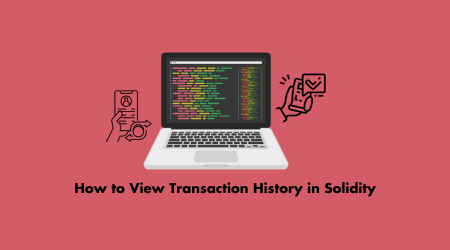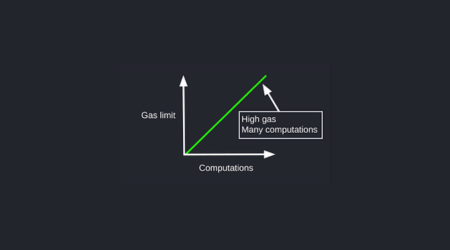Are you ready to dive into the fascinating world of Solidity and uncover the secrets of viewing transaction history? Look no further!
In this article, we will guide you through the process step by step, providing you with the necessary knowledge to explore Ethereum’s blockchain and understand the inner workings of the Solidity programming language.
By the end, you’ll be equipped with the skills to retrieve and analyze transaction data, and even implement your own transaction history viewer.
Let’s get started!
1. Key Takeaways
- Understanding the Ethereum blockchain is essential for viewing transaction history in Solidity.
- Solidity is a programming language specifically designed for blockchain development.
- Solidity offers unique advantages over other programming languages and has a syntax similar to JavaScript.
- Retrieving transaction data in Solidity is straightforward using built-in functions and data structures such as
msg.sender,msg.value, andblock.timestamp.
2. Understanding Ethereum Blockchain
Understanding the Ethereum blockchain is crucial for viewing transaction history in Solidity.
To comprehend smart contracts in Ethereum and explore decentralized applications on the Ethereum blockchain, you must first grasp the underlying technology.
- Ethereum is a decentralized blockchain platform.
- It enables the creation of smart contracts and decentralized applications (DApps).
- Ethereum is not limited to cryptocurrency; it supports diverse decentralized solutions.
- Smart contracts on Ethereum automate predefined agreements.
- The native cryptocurrency, Ether (ETH), powers transactions and computations.
- Ethereum boasts an active developer community driving ongoing innovation.
- It plays a pivotal role in the digital revolution.
The Ethereum blockchain is a distributed and decentralized ledger that records all transactions and smart contracts. By understanding this blockchain, you gain the necessary foundation to delve into the Solidity programming language and its functionalities.
3. Exploring the Solidity Programming Language
Exploring the Solidity programming language can be a rewarding experience for developers. Solidity is specifically designed for blockchain development, offering unique advantages over other programming languages. Its syntax is similar to JavaScript, making it easy to learn and use.
Solidity’s key benefit lies in its ability to create smart contracts on the Ethereum blockchain, enabling decentralized applications (dApps) and automated transactions.
Now, let’s delve into how Solidity can help you retrieve transaction data on the blockchain.
4. Retrieving Transaction Data in Solidity
Retrieving transaction data in Solidity is straightforward with the available built-in functions and data structures. By utilizing these tools, you can extract transaction details from the Ethereum blockchain.
The table below highlights some of the essential functions and data structures used for retrieving transaction metadata in Solidity:
| Function/Structure | Description | Example Usage |
|---|---|---|
| msg.sender | Returns the address of the message sender. | address sender = msg.sender; |
| msg.value | Returns the value sent with the message. | uint256 value = msg.value; |
| block.timestamp | Returns the current block timestamp. | uint256 timestamp = block.timestamp; |
Next, we will delve into the process of analyzing transaction logs in Solidity, allowing you to gain deeper insights into the blockchain’s activities.
5. Analyzing Transaction Logs in Solidity
To gain deeper insights into the activities of the blockchain, you can analyze transaction logs in Solidity. By interpreting event logs in smart contracts, you can track transaction history in decentralized applications.
These logs provide valuable information about the flow of transactions, allowing you to monitor and analyze various activities on the blockchain.
Understanding how to analyze transaction logs is crucial for developers and researchers in order to gain a comprehensive understanding of the blockchain’s activities.
This knowledge will be essential when implementing a transaction history viewer in Solidity.
6. Implementing a Transaction History Viewer in Solidity
You can easily create a transaction log viewer in Solidity by utilizing the event logs in your smart contracts.
To build a user-friendly transaction history interface, follow these steps:
- Define events in your smart contract to emit transaction-related information.
- Use the ’emit’ keyword to trigger events whenever a transaction occurs.
- Implement a front-end interface that listens to these events and displays the transaction history.
- Ensure the security of transaction data in a decentralized network by encrypting sensitive information and validating the authenticity of each transaction.




